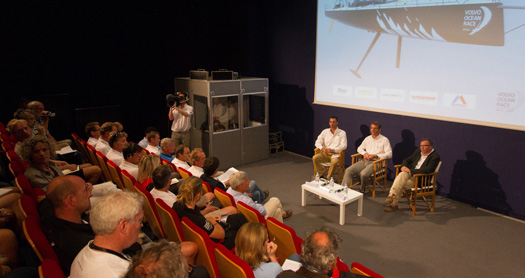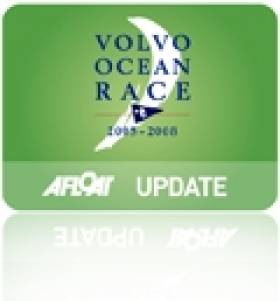Displaying items by tag: VOR 65
New Volvo Ocean Race 65 Design Announced for Next Race
#VOR – The Volvo Ocean Race will have eight boats next time round and in a major departure from the current race a new design has been revealed. The idea is to reduce the cost of mounting a competitive campaign and stem dwindling entry numbers. The new design was revealed as details of the Notice of Race and the race route for the 2014 VOR were discussed by Volvo Ocean Race CEO Knut Frostad at a presentation in Lorient, France this morning, the ninth host port of the race.
The first new boats 65 will launch in June 2013. One new boat will launch every seven weeks. The price of the VO 65 is €4.5m, about a million less than the current box rule boats which will be obsolete when the fleet hits Galway next week. Finance of the new yacht design and the production of the boat will be underwritten by the race sponsor Volvo.
The new boats will be built by th UK's Greene Marine.

Knut Frostad reveals the new 65 footer this morning. Photo: Ian Roman/VOR
The one design will have eight crew plus a media man. The race is keen to attract female teams which will have 10 crew.
Renderings of the new Volvo Ocean Race boat design that will be used in the next two editions of the Volvo Ocean Race. The new boat design from Farr Yacht Design was unveiled today.






























































